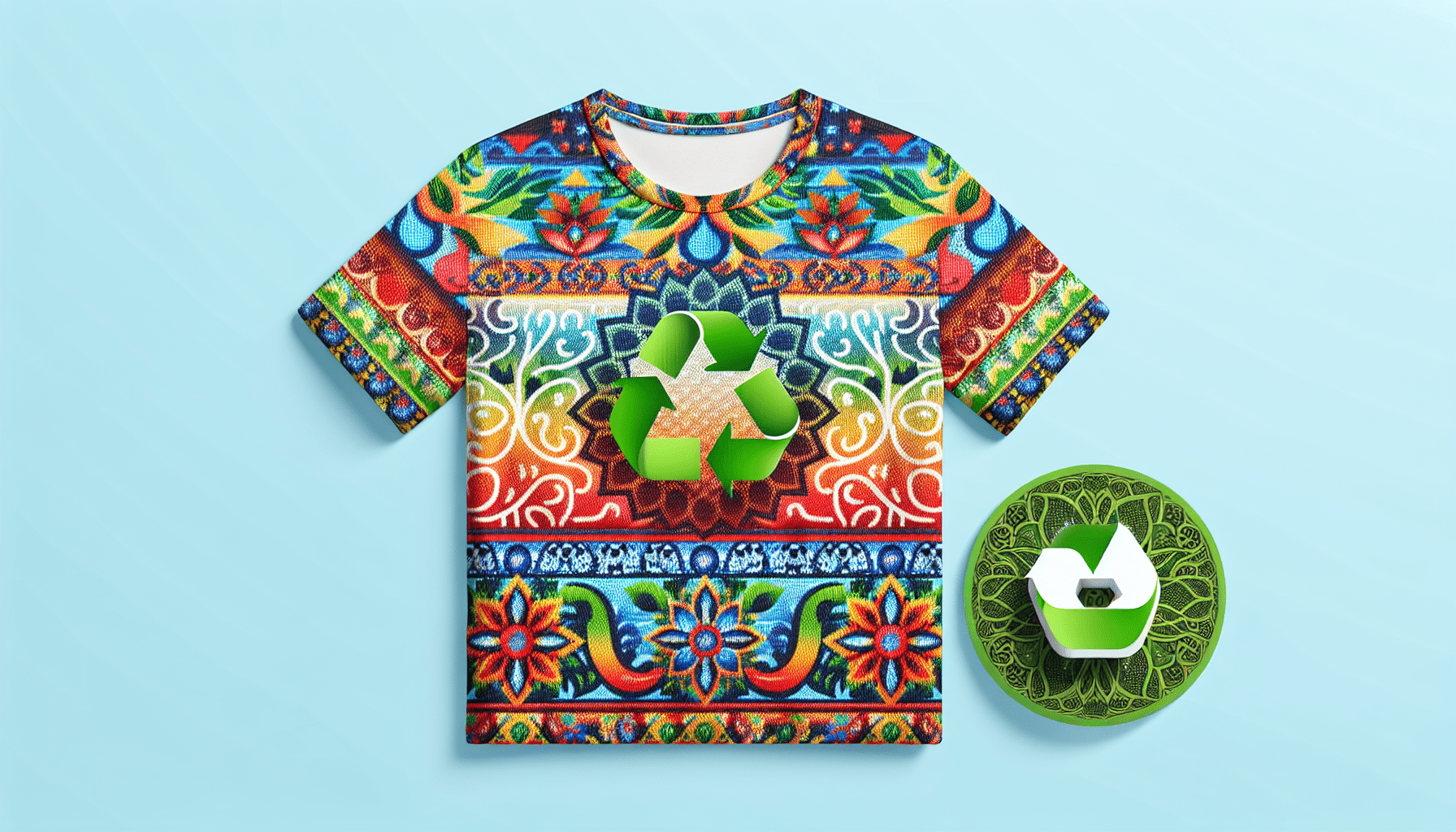Let’s talk about PET fabric material, shall we? Often heard, but perhaps not fully understood, PET fabric is a popular and versatile textile used for various applications. Wondering what exactly PET fabric is? Well, PET stands for Polyethylene Terephthalate, a type of plastic that is transformed into a textile through a process called polymerization. This ingenious conversion offers incredible benefits, such as durability, strength, and resistance to wrinkles and stains. So, whether you’re in search of durable clothing, home furnishings, or even eco-friendly options, PET fabric might just be the answer you’re looking for.
What is PET Fabric Material?
Definition of PET Fabric Material
PET fabric material, also known as Polyethylene Terephthalate fabric, is a type of synthetic fabric that is made from polyester fibers. It is derived from recycled plastic bottles and other polyester products. PET fabric material is known for its durability, strength, and resistance to stretching and shrinking.
Origins of PET Fabric Material
The origins of PET fabric material can be traced back to the invention of polyester in the early 1940s. Polyester was initially developed as a synthetic replacement for silk, which was in high demand during World War II. It wasn’t until the 1970s that the recycling of PET bottles began, leading to the production of PET fabric material. Today, PET fabric material is commonly used in the textile industry due to its sustainability and versatility.
Properties of PET Fabric Material
PET fabric material possesses several properties that make it desirable for various applications. Firstly, it is lightweight and breathable, allowing for comfortable wear in both hot and cold weather. Additionally, it has excellent moisture-wicking properties, making it an ideal choice for sportswear and outdoor clothing. PET fabric material is also resistant to UV radiation, ensuring that it maintains its color and strength over time. Lastly, it is highly resistant to wrinkles, making it easy to care for and maintain.
Applications of PET Fabric Material
PET fabric material has a wide range of applications in various industries. In the fashion and apparel industry, it is used to create garments such as t-shirts, jackets, swimwear, and lingerie. Its moisture-wicking properties make it a popular choice for athletic wear and outdoor gear, including sports jerseys, hiking pants, and camping tents. PET fabric material is also used in the automotive industry for seat covers, headliners, and floor mats due to its durability and resistance to fading.
Advantages of PET Fabric Material
There are several advantages to using PET fabric material. Firstly, it is an environmentally friendly choice as it is made from recycled plastic bottles and polyester products. This helps to reduce waste and conserve resources. PET fabric material is also highly durable, making it long-lasting and resistant to wear and tear. Its resistance to wrinkles and stretching allows for easy care and maintenance, saving both time and money. Additionally, PET fabric material has excellent color retention, ensuring that it maintains its vibrant appearance even after multiple washes.
Disadvantages of PET Fabric Material
While PET fabric material offers many advantages, it also has some disadvantages to consider. One downside is that it is not as breathable as natural fibers such as cotton or linen, which can lead to discomfort in hot and humid conditions. Another drawback is that PET fabric material can melt when exposed to high temperatures, making it unsuitable for certain applications. Additionally, although PET fabric material is recyclable, not all recycling facilities accept it, leading to limited recycling options in some areas.
Sustainability of PET Fabric Material
PET fabric material is considered to be a sustainable choice in the textile industry. It is made from recycled materials, reducing the demand for virgin polyester and reducing the amount of plastic waste ending up in landfills or oceans. The recycling process for PET fabric material involves cleaning, shredding, and melting the plastic bottles to create polyester fibers. This process consumes less energy and emits fewer greenhouse gases compared to producing polyester from scratch. Additionally, PET fabric material can be recycled multiple times, further extending its lifespan and reducing its environmental impact.
Comparison with Other Fabrics
When compared to other common fabrics, PET fabric material has distinct advantages and disadvantages. Natural fibers such as cotton and linen are breathable and biodegradable but often require more water and land for cultivation. Synthetic fabrics like polyester and nylon are more durable and wrinkle-resistant than PET fabric material but are typically derived from non-renewable resources. PET fabric material strikes a balance by using recycled materials and offering durability and easy care, making it a sustainable alternative to other fabrics.
Care and Maintenance of PET Fabric Material
Taking proper care of PET fabric material ensures its longevity and performance. Generally, PET fabric material can be machine washed in cold or warm water with mild detergent. It is advisable to avoid using bleach or harsh chemicals that can weaken the fabric. PET fabric should be dried on a low or medium heat setting or line-dried to prevent excessive shrinking or melting. Additionally, it is essential to avoid ironing PET fabric material on high heat as it can cause the fabric to melt. By following these care instructions, PET fabric material can maintain its quality and appearance.
Future of PET Fabric Material
As sustainability and environmental consciousness continue to gain importance, the future of PET fabric material looks promising. With advancements in recycling technology and increased demand for eco-friendly materials, PET fabric material is likely to see further growth. The development of innovative manufacturing processes and improved fabric properties will enhance its performance and expand its applications. As consumers become more aware of the impact of their choices on the environment, PET fabric material’s recycled origin and durability will make it an appealing option in the textile industry.
